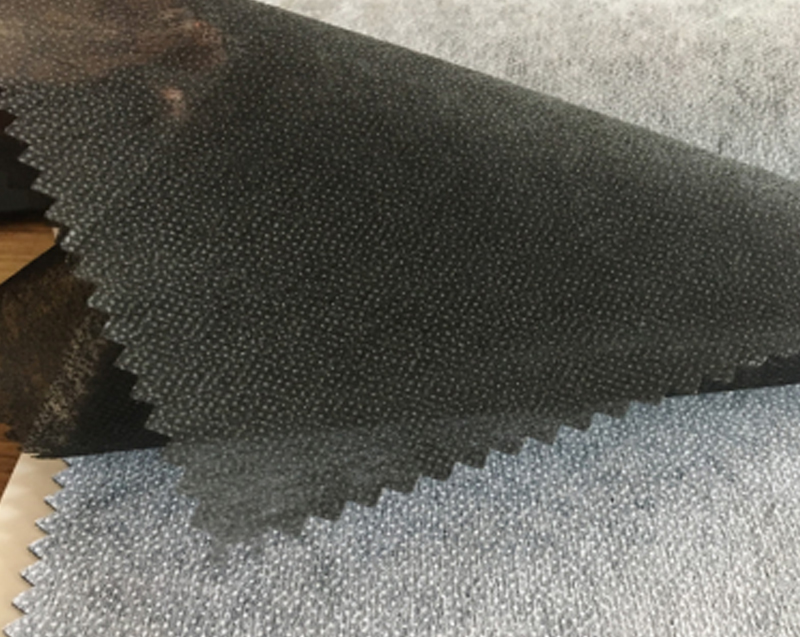

Welcome to Pinghu Zhanpeng Hot Melt Adhesive Web & Film Co., Ltd. Enterprise Official Website.

Elastic non-woven fabric has gained considerable attention in recent years, especially as industries focus on innovation, sustainability, and consumer demands.
Technological Advancements
The production of elastic non-woven fabrics has been significantly enhanced by technological innovations. Advanced machinery and processes have led to:
Improved Bonding Techniques: Innovations in bonding methods, such as ultrasonic welding, provide stronger and more durable fabrics while maintaining softness.
Nanotechnology: The incorporation of nanofibers has improved the performance of elastic non-woven fabrics, enhancing their barrier properties and durability.
Smart Fabrics: Emerging technologies are paving the way for smart elastic non-woven fabrics that can respond to environmental stimuli, such as temperature and humidity, offering functionalities like moisture control.
Market Trends
The demand for elastic non-woven fabric is on the rise, driven by various market trends:
Healthcare Sector Growth: With an increasing focus on hygiene and safety, the medical industry continues to drive demand for elastic non-woven materials in personal protective equipment (PPE) and other medical applications.
Sustainable Practices: Manufacturers are increasingly adopting sustainable practices, leading to the development of eco-friendly elastic non-woven fabrics made from biodegradable or recycled materials.
Customization and Personalization: Consumers are looking for unique and customized products. The flexibility of non-woven fabrics allows for tailored solutions in various industries, including fashion and personal care.

Environmental Impact
As industries embrace sustainability, the environmental impact of elastic non-woven fabric is a critical consideration:
Recycling Potential: Many non-woven fabrics can be recycled, reducing waste and environmental harm. This potential for recycling can be further enhanced through technological advancements.
Biodegradable Options: The development of biodegradable elastic non-woven fabrics offers a promising solution to the growing concern over plastic pollution.
Reduced Resource Consumption: The manufacturing process of non-woven fabrics often consumes fewer resources than traditional woven fabrics, contributing to lower environmental footprints.
Challenges Ahead
Despite its advantages, the elastic non-woven fabric industry faces challenges:
Competition from Other Materials: Traditional fabrics may still compete on price and perceived quality, necessitating continuous innovation and marketing.
Regulatory Compliance: As environmental regulations become more stringent, manufacturers must adapt their practices to comply with new standards, which may require investment in new technologies.
Consumer Awareness: Educating consumers about the benefits of elastic non-woven fabrics compared to traditional options remains essential for market growth.




